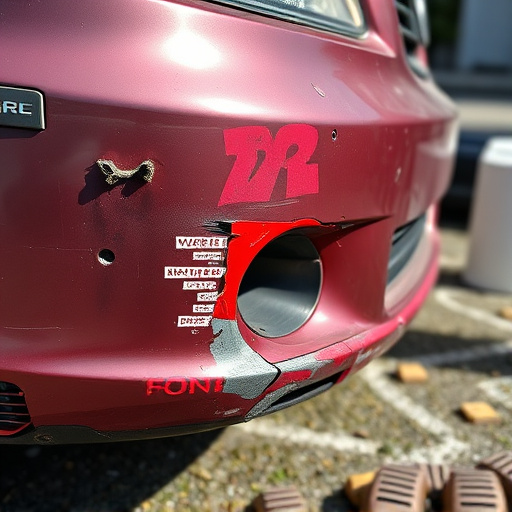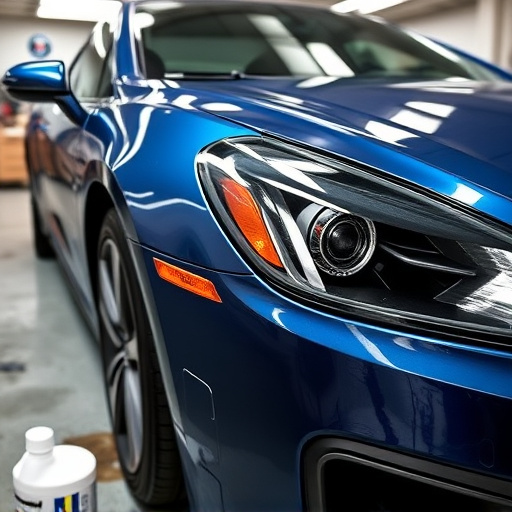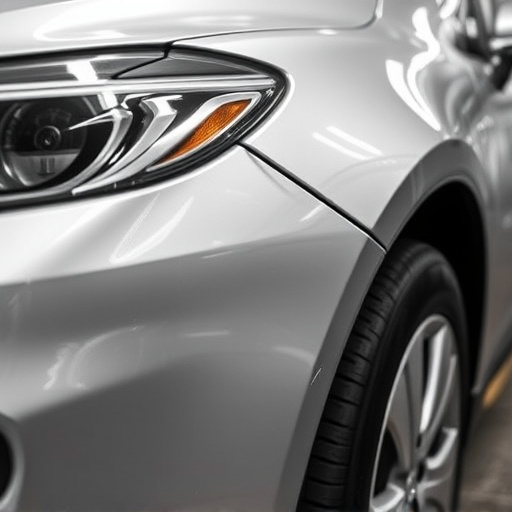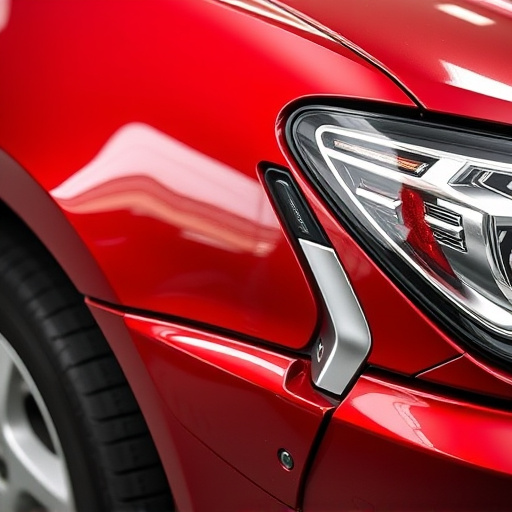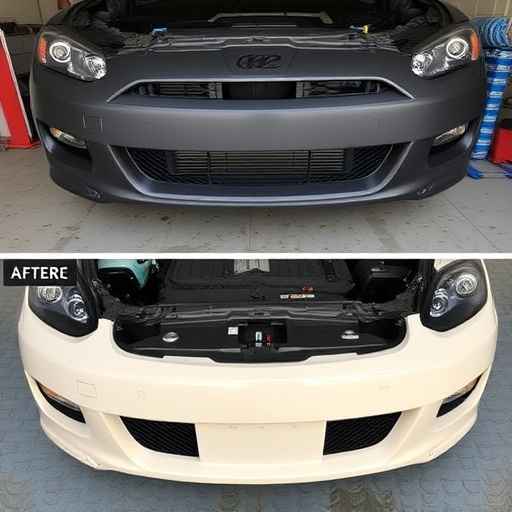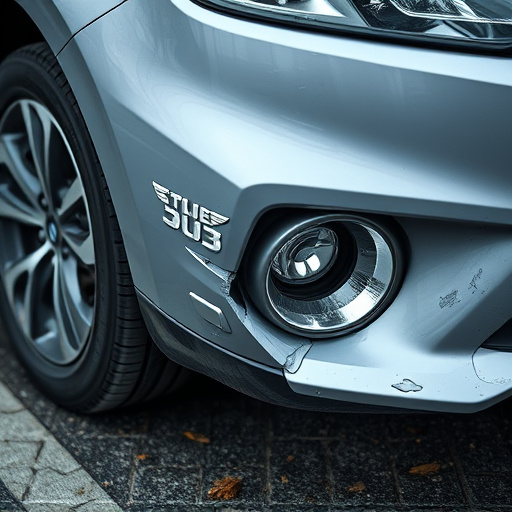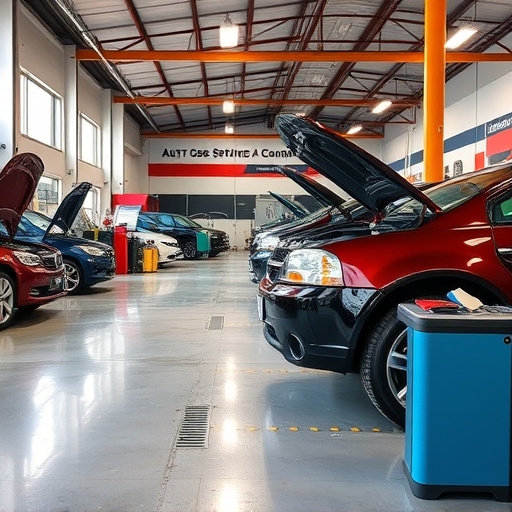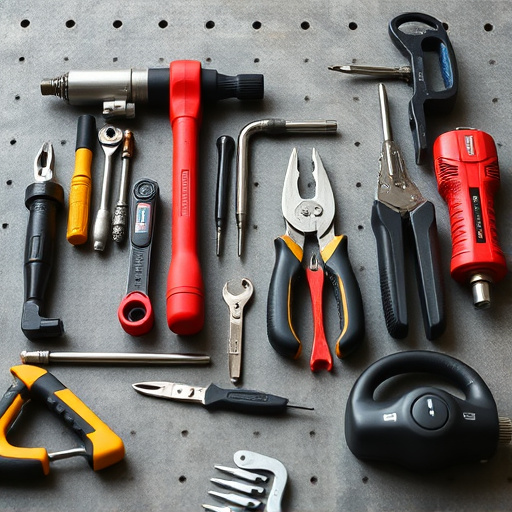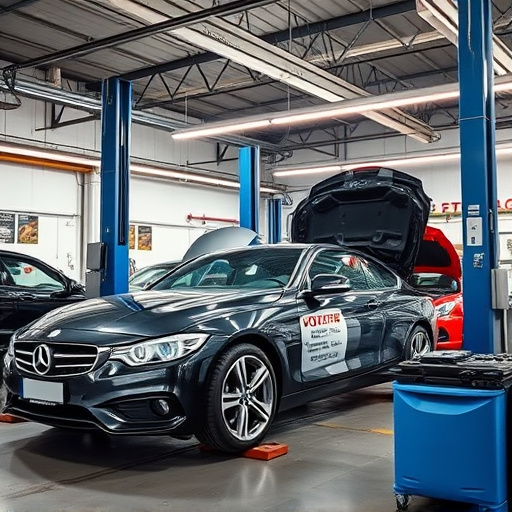Using OEM-certified replacement parts after a car accident is vital for maintaining vehicle safety, quality, and resale value. These original equipment manufacturer (OEM) parts precisely match specifications, ensuring proper fit and function in critical systems. Choosing OEM-certified parts for auto body work or restoration guarantees your vehicle retains pre-accident safety standards and structural integrity, enhancing both safety and longevity post-repair. Communicate this preference clearly to repair shops to guarantee the use of genuine OEM parts.
In the aftermath of an accident, choosing the right vehicle repair parts is crucial for safety and reliability. This article explores the importance of demanding OEM-certified replacement parts post-accidents.
We’ll delve into how these parts maintain vehicle integrity, guarantee quality, and ensure optimal performance. We’ll also guide consumers on when to insist on OEM-certified replacement parts, highlighting the benefits for peace of mind and long-term vehicle health.
- Understanding OEM-Certified Parts: Their Role in Safety and Quality
- When to Demand OEM-Certified Replacements After an Accident
- Ensuring Peace of Mind: Benefits and Next Steps for Consumers
Understanding OEM-Certified Parts: Their Role in Safety and Quality

OEM-certified replacement parts play a pivotal role in ensuring safety and maintaining the quality of your vehicle following an accident. These parts are specifically designed and manufactured by the original equipment manufacturer (OEM), matching the exact specifications of the components on your car. This precision is crucial for proper fit, function, and performance, especially in critical systems like brakes, steering, and airbags.
Using OEM-certified parts during auto body work or car restoration ensures that your vehicle retains its pre-accident safety standards. In car body repair, these parts are essential for restoring structural integrity while preserving the overall quality and reliability of your vehicle. By adhering to OEM guidelines, you contribute to a seamless integration of replacement parts, enhancing both the safety of your driving experience and the longevity of your vehicle post-repair.
When to Demand OEM-Certified Replacements After an Accident

After a car accident, it’s natural to prioritize safety and immediate needs. However, for those considering repairs, demanding OEM-certified replacement parts can be crucial for long-term vehicle health. While a collision center might offer generic or aftermarket parts, these may not match the original manufacturer’s standards, potentially compromising structural integrity and future resale value.
OEM (Original Equipment Manufacturer) parts are designed specifically for your make and model, ensuring precise fit, superior quality, and compatibility with your vehicle’s systems. This is especially important for intricate components like the chassis, engine, or transmission. Prioritizing OEM-certified parts during car body restoration or vehicle paint repair ensures a more reliable fix that aligns with the original manufacturer’s specifications, safeguarding both safety and investment value.
Ensuring Peace of Mind: Benefits and Next Steps for Consumers
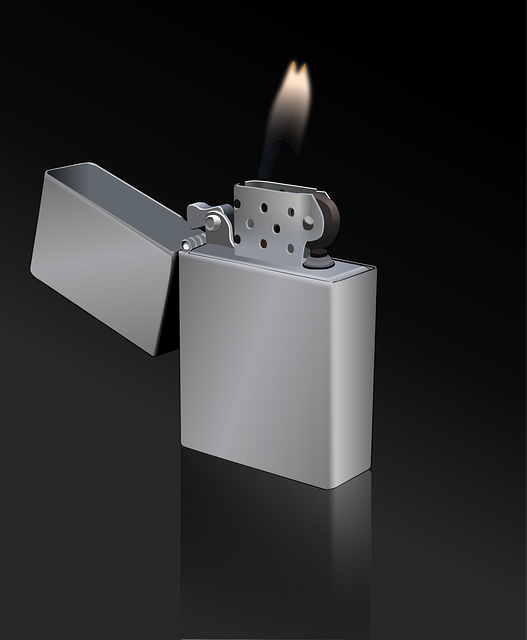
After a vehicle collision repair or car body repair, consumers often face a crucial decision: whether to insist on OEM-certified replacement parts for their vehicle paint repair. Demanding these parts offers several advantages that contribute to peace of mind and long-term vehicle health. Firstly, OEM components are designed specifically for the make and model of your vehicle, ensuring precise fitting and superior performance compared to aftermarket alternatives. This is especially important for critical safety features and systems.
Moreover, using OEM-certified parts can help maintain the vehicle’s original warranty and value. They are rigorously tested and meet the manufacturer’s strict quality standards, guaranteeing their reliability. Consumers who prioritize these benefits should communicate their expectations clearly with repair shops, ensuring they source genuine OEM parts to enhance their vehicle’s safety and resale value.
When navigating post-accident repairs, demanding OEM-certified replacement parts is a crucial step towards ensuring safety, quality, and peace of mind. Understanding the significance of these parts empowers consumers to make informed decisions, fostering a transparent and reliable repair process. By familiarizing yourself with when to demand these certified components, you can actively contribute to maintaining your vehicle’s integrity and performance.

